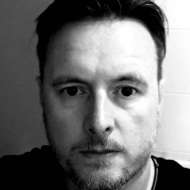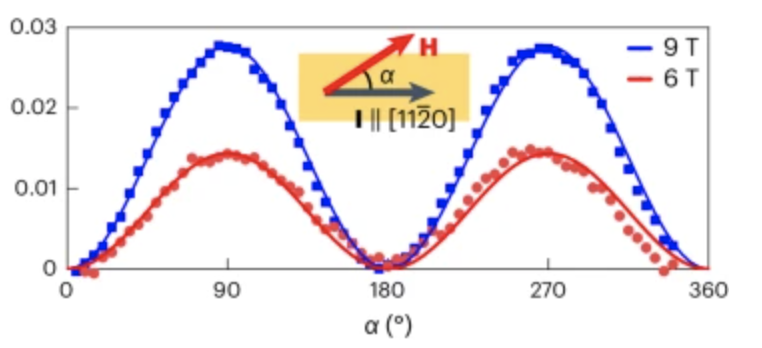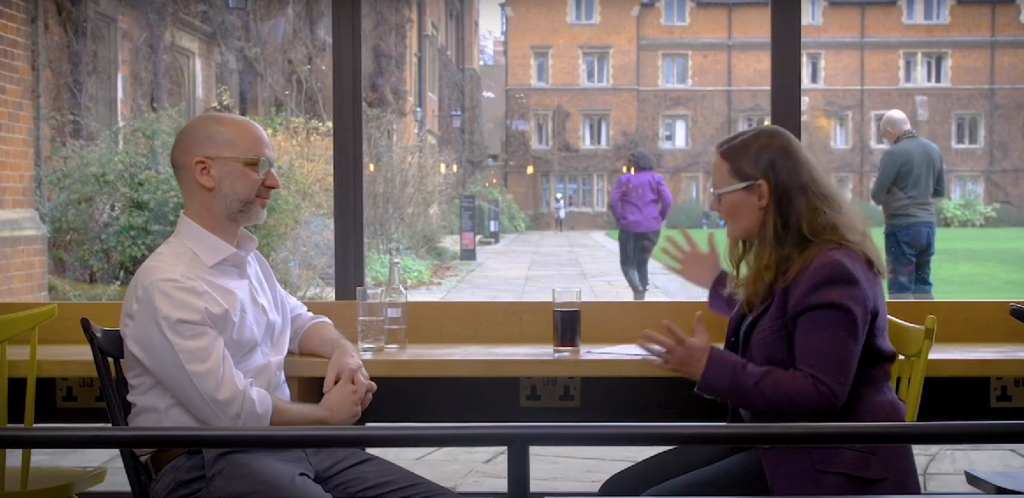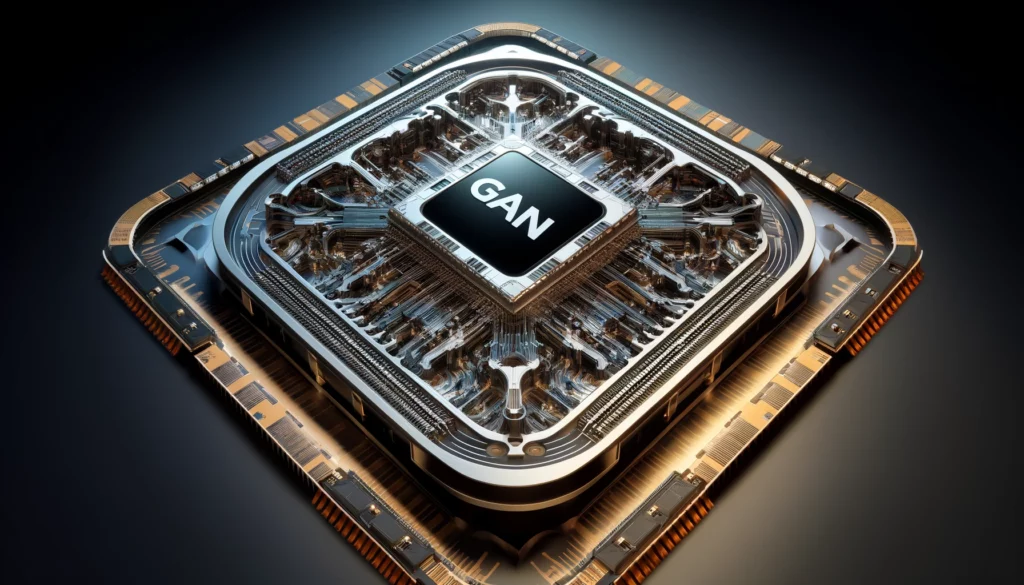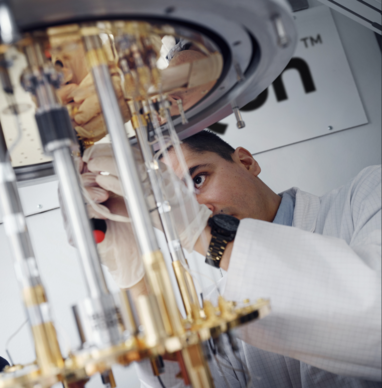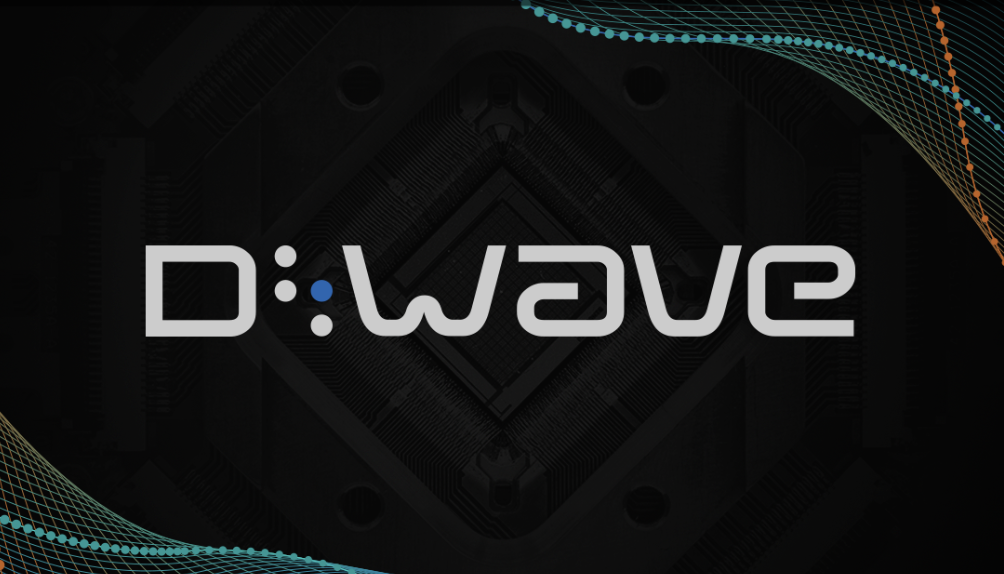Continents
Although it seems North America, China and Europe lead the race in the development of scalable, cost-effective quantum computers, the two continents and the country are not alone. Japan and Russia will, though not on the same level as their rivals at the moment, certainly be pushing forward in the competitive stakes in the coming years.
For the other geographical locations of the world, including the Middle East and the Indian subcontinent, as well as the rest of Asia, a lot will be heavily reliant on VC investment and the hunger of the research facilities at the universities in beginning noteworthy QC research. Countries like Saudi Arabia and the UAE have money and resources. India and Pakistan huge populations of inventive people with a will to achieve and show what their countries can do when given the chance.
That leaves just three continents — South America and conterminous Central America, Africa and Australasia.
For now, we will treat the Aussies and the Kiwis as British/European (no say the Australian republicans in Canberra), as the research in those countries is very closely linked to that continent.
Africa, so far, is quiet in the space, but I’m sure Joseph Conrad’s dark continent will change and the powerhouses of Nigeria and South Africa become more involved in the QC ecosystem.
So what about South and Central America — where do they stand?
In truth, though there are a few companies in the industry like the Colombian startup Spin Quantum Tech which I covered in an article for The Quantum Daily some months ago, the entrepreneurial sphere is rather lacking innovative companies.
When it comes to research, though, there are many individuals and universities doing valuable QC research that is adding value and building upon what the North Americans, the Chinese and Europeans are already doing.
Our Man From Argentina
One man, Argentine condensed matter physicist Luis Foa Torres, since 2016 an Associate Professor of Physics at the University of Chile (FCFM), is a case in point.
Like his Mexican colleague Salvador Elías Venegas-Andraca based more than 7,000 kilometres north at the Tecnológico de Monterrey, Mexico, Foa Torres is a flagbearer for the Latin American school of quantum information systems research.
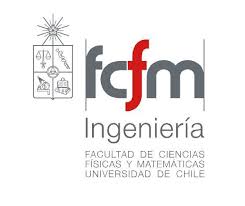
Specializing in quantum pumping, 2D/topological materials and insulators, the two-dimensional material graphene, quantum transport and the physics of driven systems, Foa Torres has published over fifty papers, 37 of them as first and last author. His most recent one, Perspective on topological states of non-Hermitian systems — from a recent Twitter post, Foa Torres claims it to be among the three most downloaded articles of the last 12 months in The European Physical Journal ST (EPJST) and a ‘hot paper by Web of Science — is heavy reading but a treat for anyone interested in topological matter.
He’s also very interested in the effects of electron-phonon and electron-photon interactions in topological pumping.
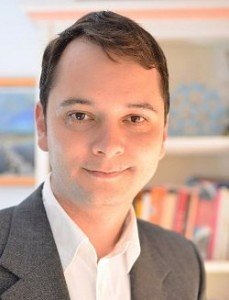
Luis Foa Torres. Source: Foatorres.com
Quantum pumping, then, given it promises to do what scientists think it can achieve, will:
‘allow exploring fundamental issues regarding the role of different symmetries in transport. A Quantum Pump may provide novel ways of reducing the dissipation of energy as wasteful heat, define a better current standard closing the metrological triangle, or even be used for quantum computing.’
– Luis Foa Torres
Wide-Eyed and Confused
The promise of the graphene-based quantum pumps as a wonder technology that can bring communication into the next century makes me think of the times during lessons as an English teacher with my student, Professor Boguslaw Smolski, former director of the Polish National Center for Research and Development. I remember the long discussions we’d have on graphene/nanocarbon technology (I was wide-eyed, confused and trying desperately to follow his narrative), and the hope he had — as a thought leader in the industry — for the technology in his country. Things, as I know, a decade on haven’t turned out so well as the following article clarifies.
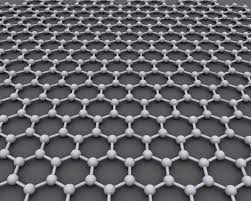
Graphene — the miracle material. Source: Wikipedia
Quantum pumping and all the scientific muscle work behind the theory that, according to Foa Torres, can be an added boon to the QC sphere. How it will be of benefit, nonetheless, is beyond the remit of me or anyone else to say at the moment. Let us hope that the Argentine, with enough time and enthusiasm for the project, will find some use for this aspect of quantum mechanics.








